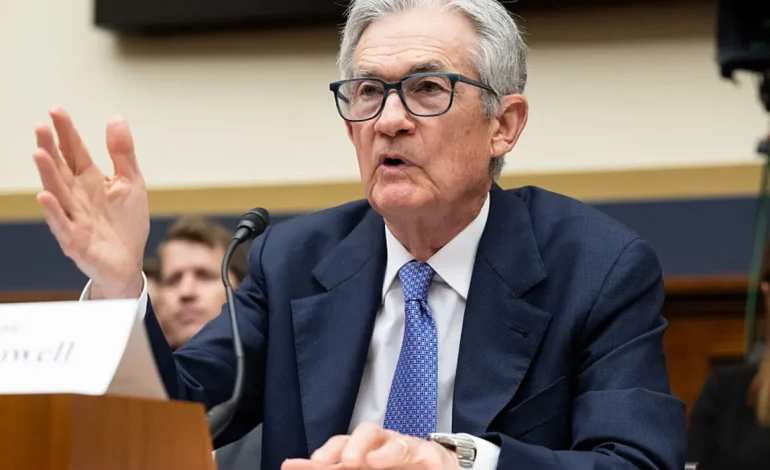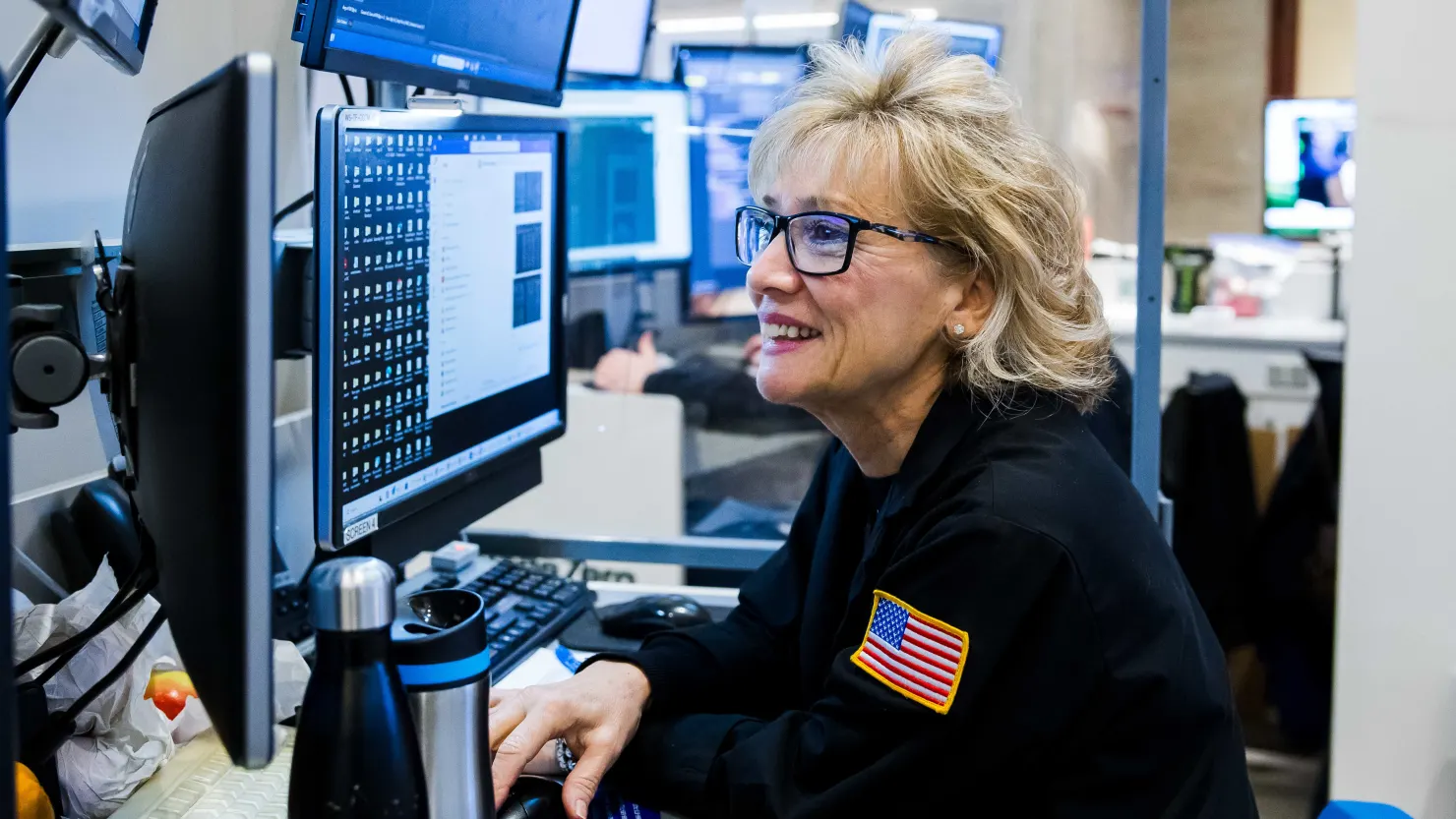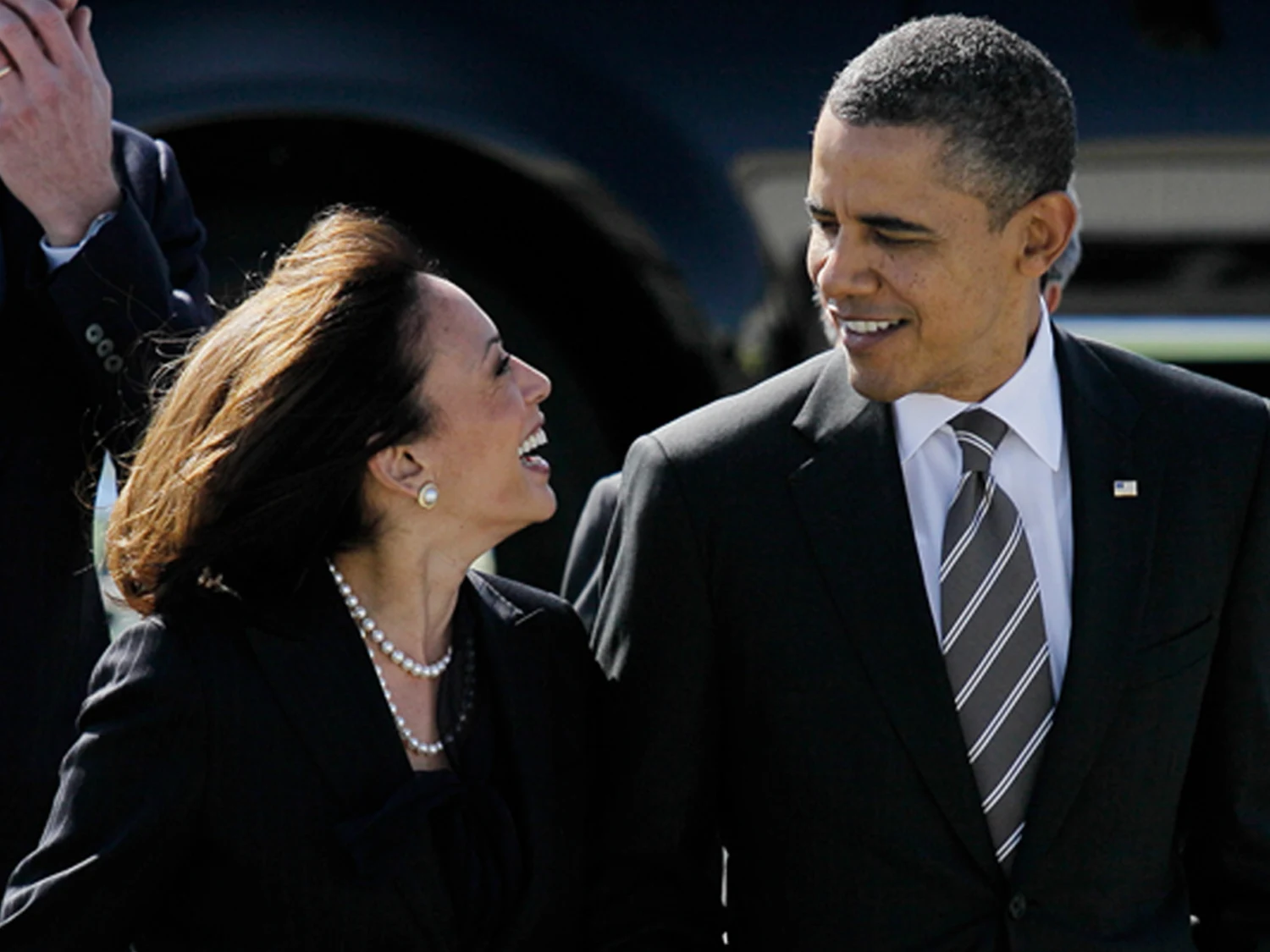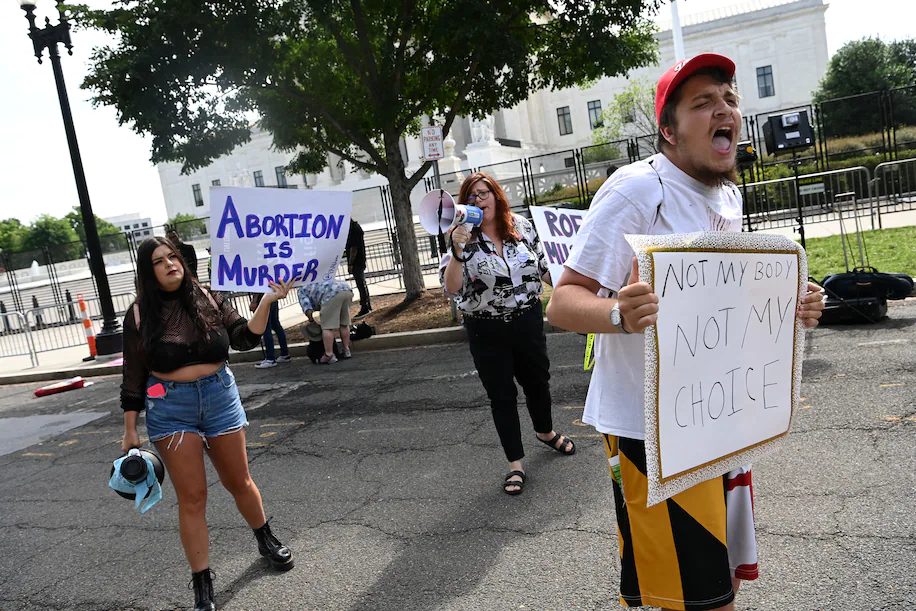Powell Reiterates Caution on Rate Cuts Amid Political Pressure Over Inflation Strategy

Federal Reserve Chair Jerome Powell reaffirmed the central bank’s cautious stance on interest rates during testimony to Congress on Tuesday, pushing back against growing political pressure from President Donald Trump and some Republican lawmakers calling for immediate rate cuts.
Speaking before the House Financial Services Committee, Powell argued that uncertainty stemming from recent policy changes, including new tariffs and immigration shifts introduced by the Trump administration, makes it premature for the Fed to adjust its monetary policy. He emphasized that the central bank remains committed to its dual mandate of price stability and maximum employment.
“The FOMC is well positioned to wait to learn more about the likely course of the economy before considering any adjustments to our policy stance,” Powell said, referencing the Federal Open Market Committee, which sets interest rates.
Recent economic indicators show inflation has moderated from previous highs, yet it remains above the Fed’s 2% target. At the same time, unemployment has ticked upward, prompting calls from Trump and allies to lower rates in order to boost economic activity.
On social media Tuesday, Trump renewed his criticism, claiming the economy was performing well and inflation was not a concern — and that Powell should cut rates now.
“We will be paying for his incompetence for many years to come,” Trump posted, while also suggesting that any inflation could be handled later if necessary.
William Pulte, director of the Federal Housing Finance Agency and another Powell critic, said in a post that the Fed’s decisions were not driven by data but by politics, and accused the chair of policies that harm working Americans struggling with credit, loan, and mortgage payments.
In response, Powell reiterated the Fed’s view that while inflation pressures have eased, there are still reasons for caution. He noted that the Fed’s preferred inflation gauge likely rose from 2.5% in April to 2.6% in May, driven in part by lingering impacts of tariffs and supply-side constraints. Tariffs, he said, often cause one-time price hikes, but the Fed must guard against these becoming persistent.
Economic analysts, including Apollo Global Management’s chief economist Torsten Slok, warn the US could be facing “stagflation” — a combination of slow growth and elevated inflation — if current trends continue. Slok cited higher oil prices, tariffs, and stricter immigration rules as factors contributing to this dual pressure.
Despite political criticism, Powell maintained that any shift in interest rate policy will depend on further economic data.
“Without price stability,” he said, “we cannot achieve the long periods of strong labor market conditions that benefit all Americans.”
The Fed held rates steady at its most recent meeting, though internal projections showed a split among members about the path ahead. While nine of 19 officials expect zero or one cut this year, eight foresee two, and two support three.
Some Fed officials have begun voicing support for cuts, however. Governors Michelle Bowman and Christopher Waller said in recent days they would consider a reduction as early as July, depending on inflation data.
Currently, futures markets place low odds — just 23% — on a rate cut at the Fed’s next meeting in late July, with stronger expectations for a potential reduction in September. Powell is scheduled to continue his testimony before the Senate Banking Committee on Wednesday.









The latest news in your social feeds
Subscribe to our social media platforms to stay tuned